This week, our group, The Sleepwalkers, held a meeting at Summerhall to refine our exhibition theme by discussing potential artists and their works. Building on last week’s discussions, we focused on artists whose practices engage with visual perception, media manipulation, and the constructed nature of reality. Through this process, we examined how contemporary artists employ diverse media—ranging from AI-generated images to bio-art and optical illusions—to challenge conventional modes of seeing and experiencing the world.
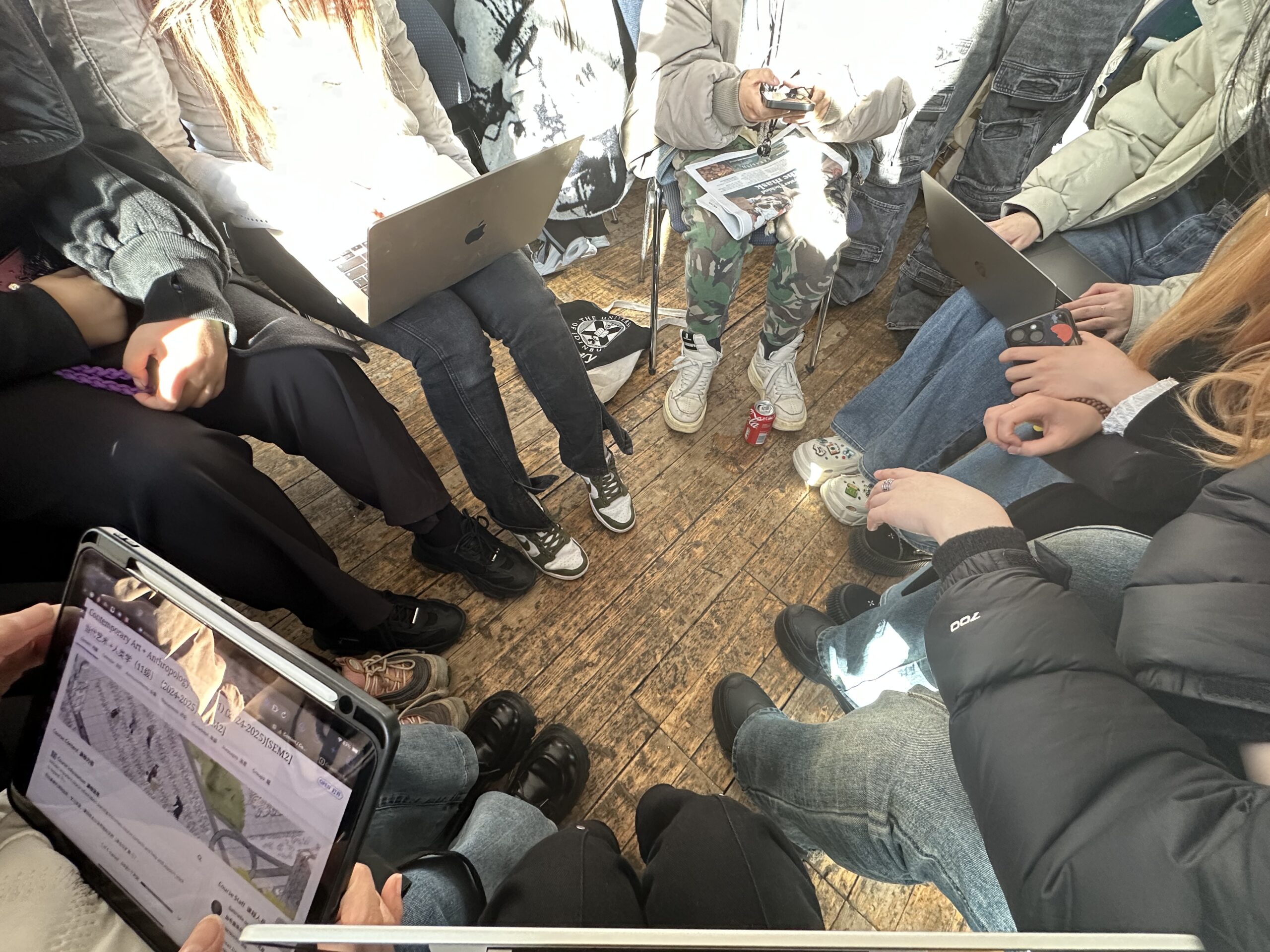
One of the most compelling discussions centered on Mat Collishaw’s The Centrifugal Soul (2016), a zoetrope installation that interrogates the interplay between motion and stillness, reflecting on how technological mediation shapes our understanding of reality. Similarly, Olafur Eliasson’s Take Your Time (2007) disrupts passive viewing by encouraging audience participation in the construction of perception.
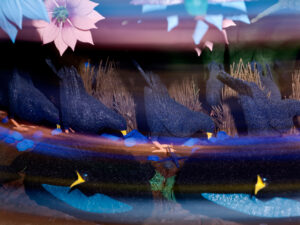
Mat Collishaw, The Centrifugal Soul, 2016. Zoetrope installation. Exhibition view. Accessed March 16, 2025. https://matcollishaw.com/exhibitions/the-centrifugal-soul/.
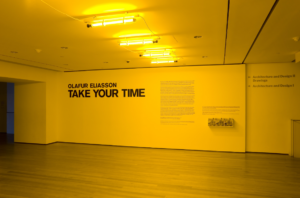
Take Your Time: Olafur Eliasson, 2008. Exhibition at The Museum of Modern Art, New York. Accessed March 16, 2025. https://www.moma.org/calendar/exhibitions/31.
Additionally, I introduced Amy Karle’s Regenerative Reliquary (2016), a bio-artwork that seeks to “grow” a human bone through 3D printing and stem cell cultivation. This work extends the discourse on perception beyond the visual, questioning the biological and philosophical boundaries of the body. If human tissue can be artificially generated, how does this challenge our notions of authenticity, corporeality, and the organic?
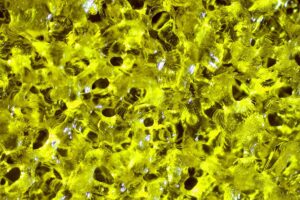
Amy Karle, Regenerative Reliquary, 2016. 3D-printed biomaterial and stem cell culture. Exhibition view. Accessed March 16, 2025. https://www.amykarle.com/project/regenerative-reliquary/.
What emerged from this discussion was a recognition of how deeply contemporary art intersects with technology—not merely as a tool, but as a means of reshaping the very fabric of reality. Whether through optical illusions, digital interventions, or bioengineering, these artists foreground the fluidity of perception and materiality. This reflection has prompted me to consider how our curatorial approach can further engage audiences in questioning their own mediated experiences of reality. As we continue refining our exhibition concept, I look forward to deepening this critical exploration.
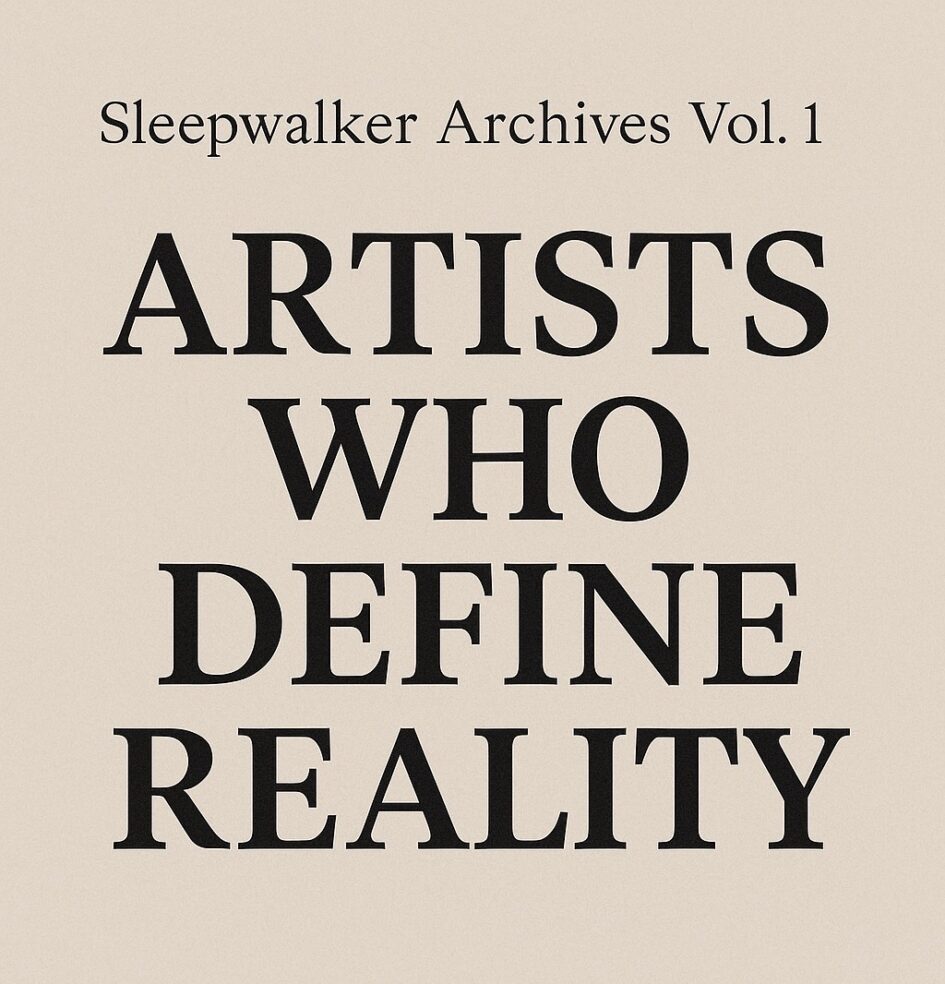


Leave a Reply